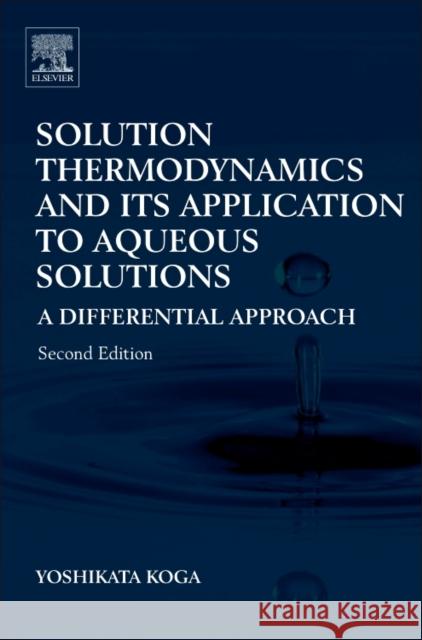Solution Thermodynamics and Its Application to Aqueous Solutions A Differential Approach » książka
topmenu
Solution Thermodynamics and Its Application to Aqueous Solutions A Differential Approach
ISBN-13: 9780444636294 / Angielski / Miękka / 2017 / 444 str.
Solution Thermodynamics and Its Application to Aqueous Solutions A Differential Approach
ISBN-13: 9780444636294 / Angielski / Miękka / 2017 / 444 str.
cena 673,85
(netto: 641,76 VAT: 5%)
Najniższa cena z 30 dni: 671,08
(netto: 641,76 VAT: 5%)
Najniższa cena z 30 dni: 671,08
Termin realizacji zamówienia:
ok. 30 dni roboczych
Dostawa w 2026 r.
ok. 30 dni roboczych
Dostawa w 2026 r.
Darmowa dostawa!
Kategorie:
Kategorie BISAC:
Język:
Angielski
ISBN-13:
9780444636294
Rok wydania:
2017
Ilość stron:
444
Waga:
0.69 kg
Oprawa:
Miękka
Dodatkowe informacje:
Bibliografia
Wydanie ilustrowane
Wydanie ilustrowane











